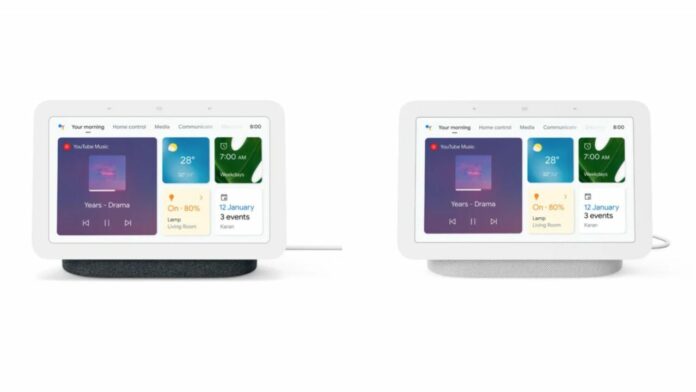Apple is working on a new kind of product to step foot into the smart home market, likely to compete with other giant companies, such as Google with its Nest products. An Apple AI Smart Home display seems to be in the works, and surprisingly, its launch doesn’t seem quite far off.
The report detailing the upcoming product from Apple comes from Bloomberg, and as per the report, the company is preparing to unveil the device as soon as March 2025, positioning it as a central hub for home management. Code-named J490, the product will also showcase the new Apple Intelligence AI platform. The publication sourced this information from individuals who are close to the project and requested anonymity due to the confidential nature of the work.
Apple CEO Tim Cook is betting big on the product to go head on with the likes of Google and Amazon who have a strong hold in the smart home products’ segment. This device marks Apple’s first entry into the smart display market, putting it in direct competition with Amazon’s Echo Show and Echo Hub, as well as Google’s Nest Hub.
The device features a roughly 6-inch display, resembling a square-shaped iPad, about the size of two iPhones side by side, with a thick bezel around the screen. It includes a front-facing camera, a built-in rechargeable battery, and internal speakers, and will be available in silver and black. The product’s touch interface combines elements of the Apple Watch OS and the recently introduced StandBy mode from the iPhone.
However, Apple expects users to interact primarily through voice, utilizing Siri and the Apple Intelligence platform. Designed around App Intents, the Apple AI Smart Home display enables AI to control applications and tasks with precision—a feature set to launch in the coming months. The screen is meant to be wall-mounted.
Read More: Apple Could Monetise Apple Intelligence Without Directly Charging Customers: Here’s How
The product will be promoted as a central solution for controlling home appliances, engaging with Siri, and using Apple’s FaceTime for intercom-like communication. It will come preloaded with Apple apps for web browsing, news updates, and music playback, along with easy access to notes and calendar features. Additionally, users will be able to use it as a digital photo frame, displaying a slideshow of personal photos.
Moreover, the reports states that Apple is already planning a more expensive follow-up version with a robotic limb that can move the screen around. “Apple plans to market that technology as a home companion with an AI personality,” read the report.
According to sources, the premium version of the product could be priced up to $1,000, depending on its components. Meanwhile, the display-only model is expected to be significantly more affordable, and closer in cost to competing devices. For reference, Amazon’s Echo Show 8 is priced at $150, the Echo Hub at $180, and Google’s Nest Hub Max at $230.
Next, Apple has developed a range of attachments for the device, including mounts that allow the screens to be installed on walls, similar to a traditional home-security panel. Additionally, there will be bases with extra speakers, designed for convenient placement in the kitchen, on a nightstand, or on a desk.
The Apple AI Smart Home display, running a new operating system code-named Pebble, will be equipped with proximity Sensors that detect a person’s distance. Based on how close the user is, it will adjust its display—showing, for instance, the temperature when the user is a few feet away and switching to a thermostat control panel as they get closer.
Pebble OS will feature a customizable home screen where users can add widgets to monitor stock tickers, weather, and appointments. Alternatively, they can set it up to focus on essential home controls. A dock will also be available for quick access to favorite apps. A report from earlier this year from the same publication said that the OS could be called HomeOS.
Security is a key feature of the Apple AI Smart Home display, which will provide alerts and display camera feeds, including footage from smart doorbells. Additionally, it will function as an intercom system, enabling room-to-room communication in homes with multiple Apple displays.
Apple is also developing a system that will enable the home device to detect how many people are nearby. This functionality may rely on external sensors, potentially placed in wall outlets near the device, though these accessories could be delayed or even canceled.
The product will function as a standalone device, capable of operating independently for most tasks. However, it will require an iPhone for certain functions, such as for the initial setup process. Additionally, it will support Apple’s Handoff feature, allowing users to start a task on the device and seamlessly continue it on their iPhone after moving away.


